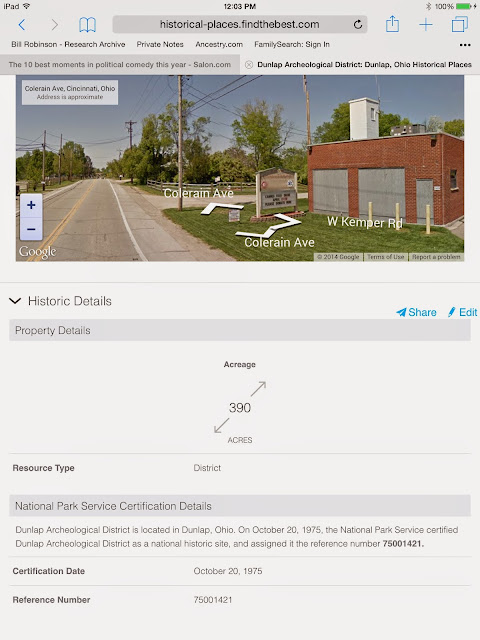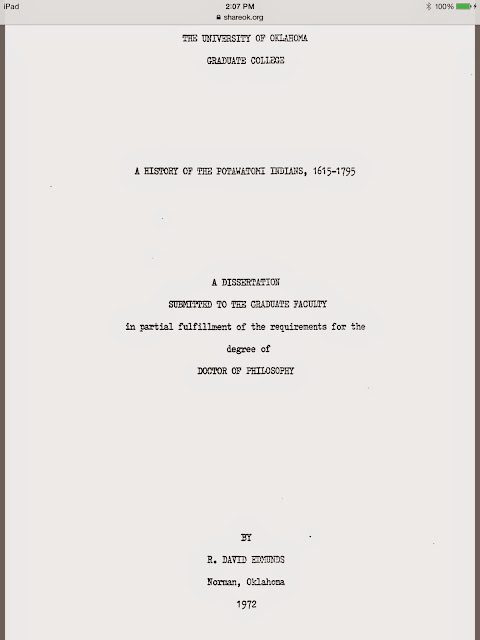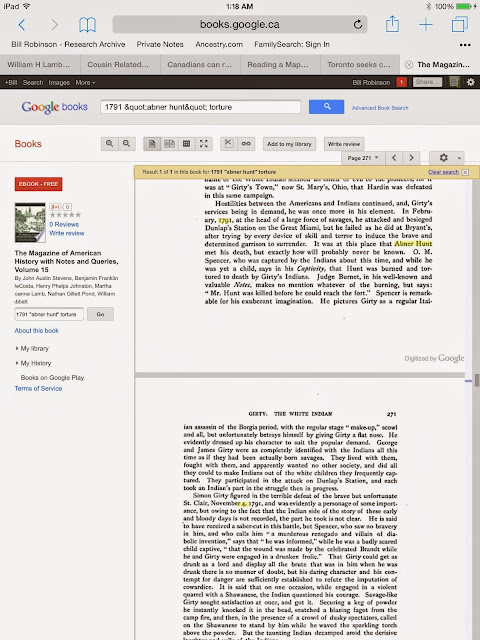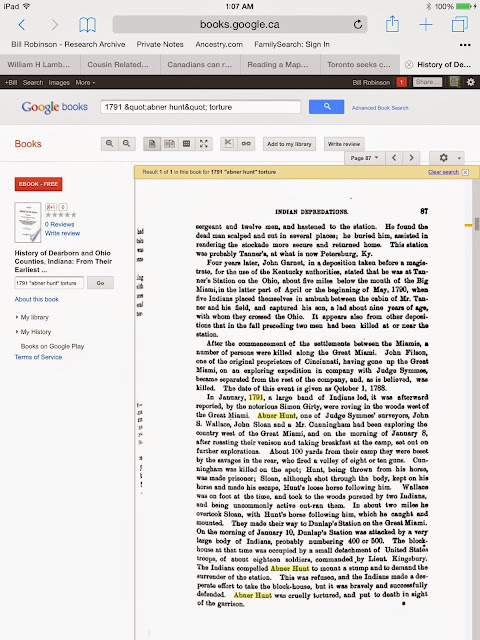On March 17, a man strolling through the Oak Glen Nature Preserve along the Great Miami River noticed a patch of black crude oil in an intermittent stream bed. Within a week the Environmental Protection Agency estimated the spill from BP’s Midvalley Pipeline (operated by Sunoco) at 500 barrels or about 21,000 gallons, with no knowledge as to how long it had been leaking from a five-inch crack in the 20-inch diameter pipe.
The news got fair media play as one of a foreboding series of U.S. pipeline leaks in the run-up to a White House decision on Keystone XL, but the story was overshadowed by a much larger spill in Texas that same week. Surely, many wondered what an oil pipeline was doing in the middle of a tiny “nature preserve” in suburban Ohio.
Neglected in the media coverage, the Midvalley Pipeline also runs right through one of the most sensitive archaeological zones in North America, where an oil spill could contaminate ancient earthworks irreparably. The pipeline hugs the east bank of the Great Miami, one of four river valleys in southern Ohio that hosted thousands of burial mounds and earthworks that are between 1500 and 3000 years old. For reasons of its own—probably the association of the east with resurrection—the Adena Civilization built most densely along the east banks of north-south oriented rivers, exactly where the Midvalley Pipeline is located.
One of the largest known earthen enclosures, adjacent to a prominent Adena burial mound, lies just three miles north of the March spill site along the pipeline. Because the river has meandered in its floodplain and many works survive in eroded barely-visible form, many other unidentified ancient earthworks and associated burial sites may line the pipeline route.
Ironically, Sunoco reported the spill early on the morning of March 18, the same day that a consortium of conservation groups acquired the Junction Group earthworks, another Adena site in southern Ohio, for long-term preservation.
RELATED:
Key Adena Earthworks and Preserve Saved in Ohio
Nature Preserves Old and New
The Colerain Earthwork is the second largest bottomland enclosure known in the Ohio Valley. Though sections are barely visible now, it originally comprised an eight-foot high earthen wall surrounded by a moat, walling off at least 95 acres of land within a big bend in the river. James McBride surveyed the site in 1836 and made the following sketch:

The asymmetric bottomland earthwork is highly unusual, suggesting that it represents an early stage of such construction, when experimentation was still underway in order to accomplish the practical purpose of these enclosures most effectively. That purpose is considered mysterious because there generally was no architecture within these enclosures except for mortuary structures like burial mounds.
So what was that practical purpose? Location of the earthwork near a number of modern nature preserves and birding hotspots along the Great Miami River, which forms the fourth wall of the enclosure, gives it away—
this was a protective wall against natural predators for a bird nesting or roosting area. Very literally, this created a bird refuge, with much more actual protection than any so-called refuge or preserve built today, “preserves” that don’t even keep out leaky oil pipelines.
The name Miami is another clue. It designates three important rivers in Ohio—the Great Miami, the Little Miami, and the Maumee—all of which were settlement areas for the Miami people but were also vital areas for the tribe’s sacred birds. In the Miami or Myaamia language, the name means pigeon or dove, a reference to the now-extinct Passenger Pigeon (
omemeein Ojibwe dialect).
The Miami, who are descendants of the Indians who built these enclosures, called themselves
Twigtwee, which derives from the sound made by another tribal sacred migratory bird, the sandhill crane. Ancient depictions of sandhill cranes have been found at archaeological sites in southern Ohio. A sandhill crane is also depicted on the emblem of the Miami Tribe.

Yet another clue is the
large Adena burial mound just south of the enclosure. These two works were clearly related and likely were built by the same Indians, contrary to the standard identification of the enclosure as “Hopewell,” a name that reflects a long confusion that wrongly saw the “Adena” and the “Hopewell” as two distinct peoples. Other major sites of the Adena Civilization such as Serpent Mound and the Mound City/Hopeton complex also had burial areas just south of geometric earthworks and enclosures.
This configuration would set spirits of the dead on the proper northward pathway, carried by migratory birds on their northward migration after spring nesting. That departed human spirits were believed to make the afterlife journey in bird form was a big motivational factor for the labors of earth-moving to protect the birds during nesting and migration. In the Algonquian totemic system, what made a bird sacred (not to be eaten) was its role in carrying spirits of the departed to their proper celestial destinations.
The “Hot” Dog
The Midvalley Pipeline travels right through the heart of this unique ancient ecological region, along both the Great Miami and Maumee valleys, only one segment of its nearly thousand-mile journey from Texas to Michigan, bringing oil to the gas-guzzler factories of Detroit. The devastating impact of potential oil spills on both the ancient earthen architecture and the birds those earthworks were intended to protect were not considered in the siting of the pipeline. “Remediation” of an oil spill, now underway at Oak Glen, is removal of the contaminated soil. But that means removal of the earthwork itself, or related archaeological layers, in an area densely utilized by prehistoric Indians over many thousands of years.

And oil pipelines are not the only modern ecological insults to this region. Only one mile due west of the Colerain Earthwork is “the Fernald Preserve,” though what is “preserved” there are the remains of an old federal nuclear fuels processing plant that operated between 1951 and 1989. The Fernald plant became infamous for spewing millions of pounds of uranium dust into the air, and leaching uranium, thorium, and plutonium into the groundwater.

It took 20 years to raze and bury the remains of the Fernald plant, piling the demolition debris along with radioactive waste into a gigantic U-shaped earth-covered mound that is referred to facetiously as “the Hot Dog.” Jason Krupar, a history professor at the University of Cincinnati, has written about how much the modern nuclear mounds at Fernald and other such sites resemble metastasized versions of the ancient Adena mounds, and how future archaeologists might dig into one, expecting to find American Indian artifacts, only to encounter radioactive waste. The Fernald site is now referred to as “a park and preserve.”

Ohio was the only state to house four separate facilities of the national nuclear fuels and weapons complex, each one of them built in proximity to an ancient Indian earthwork. Aside from Fernald, the other three federal former nuclear installations in Ohio—at Piketon, Miamisburg, and Ashtabula—also sit adjacent to large Adena mounds or earthwork complexes.
It’s almost as if the Adena prophesied that certain sites would become centers of apocalyptic ecological insult.
Geoffrey Sea is a writer and historian and director of Adena Core, a heritage preservation organization in the Ohio Valley. Check out Adena Core's Facebook page here.























